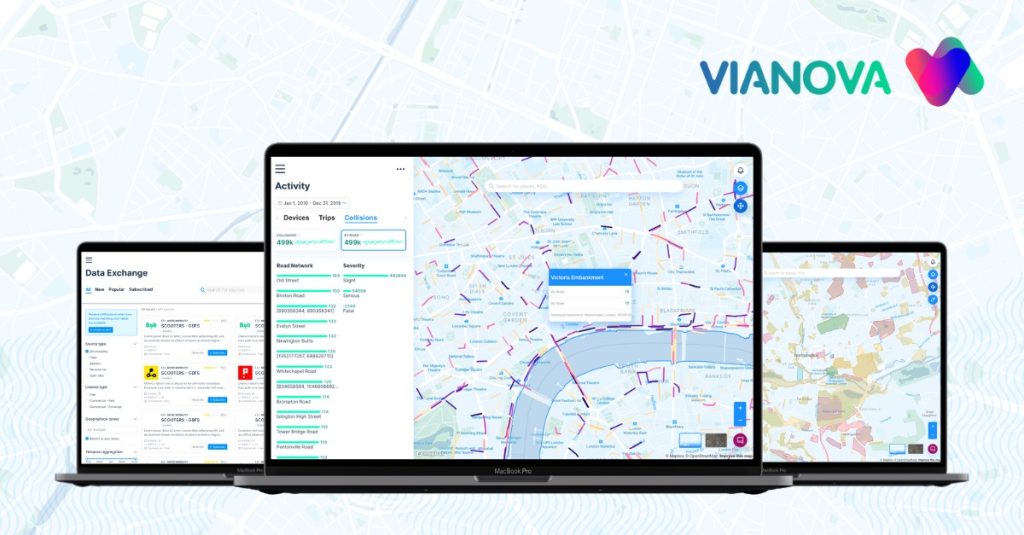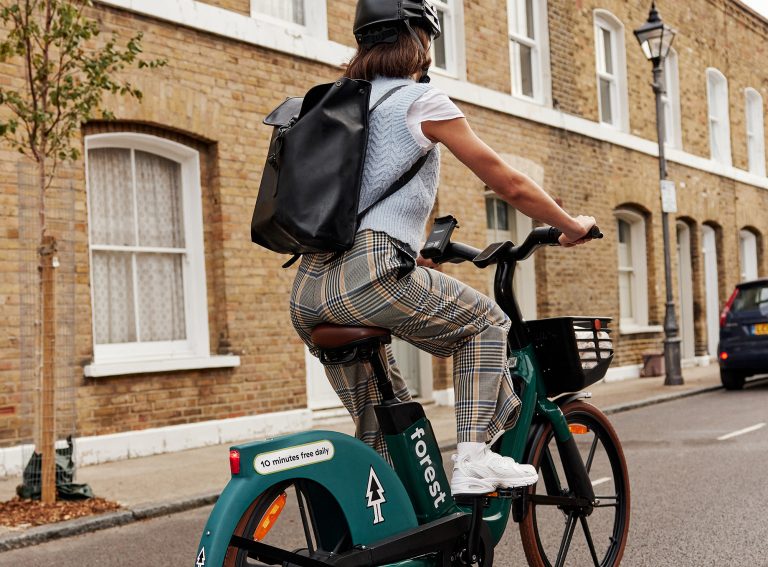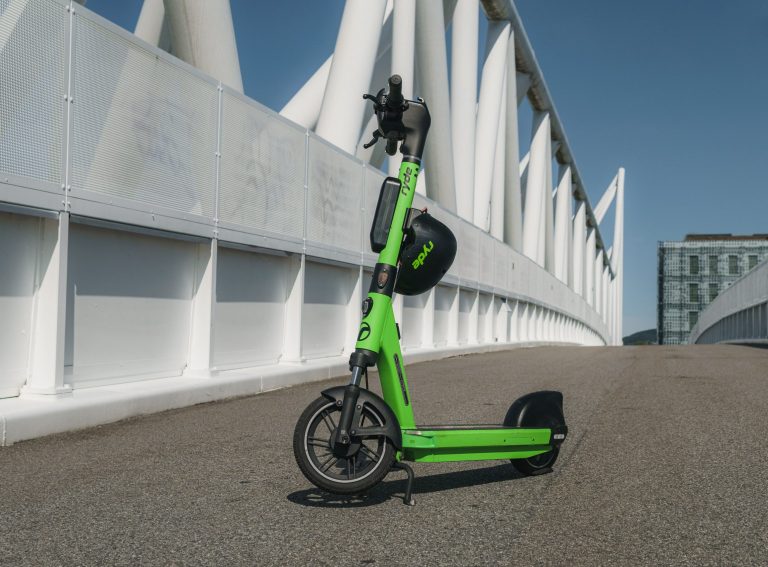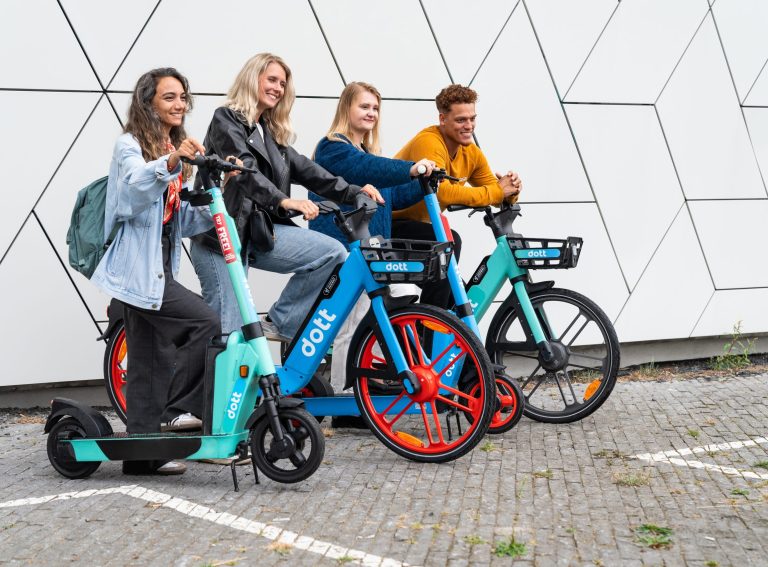Image credit: Fan Yang
Mobility data platform Vianova has partnered with Bridgestone Mobility Solutions to enable safer and more effective management of logistics vehicles in cities by using telematics data.
Starting with Paris, Vianova and Bridgestone will use data collected from vehicles through various sensors to see how trucks and vans that transport goods move and park around the city.
This data will be shared with city planners to help them make more informed decisions, such as where to put last-mile delivery hubs and on-street parking.
It is the first time, according to Vianova, that telematics data will be used to analyse curb usage for logistics vehicles to provide real-time insights into congestion and how to rectify these issues.
The project will look to reduce idling times of trucks and vans transporting goods around the city and enable electric last-mile deliveries.
“The point is to plan and manage logistic vehicles around the city in a more efficient way and implement new delivery and loading zone locations to eliminate double parking, reduce congestion and increase road safety,” said a Vianova spokesperson.
How it works
Vianova’s mobility analytics software leverages data from over a million connected vehicles every day to provide partners with some of the most advanced geo-intelligence of its kind.
The Data Solutions team from Bridgestone Mobility Solutions will provide anonymised data from Webfleet-connected vehicles to Vianova’s platform.
Vianova will then process this data to generate insights for the City of Paris to analyse the dwell time of commercial vehicles.
This will provide a wealth of data on logistic flows, insights into delivery locations and stop duration, hotspots and pain points.

Vianova will be able to leverage what it has learned from shared and connected micromobility and turn this knowledge into actionable intelligence to help the city make more informed decisions.
While Paris is the focus for now, this type of data could be used to solve similar logistics challenges in other cities around the world.




